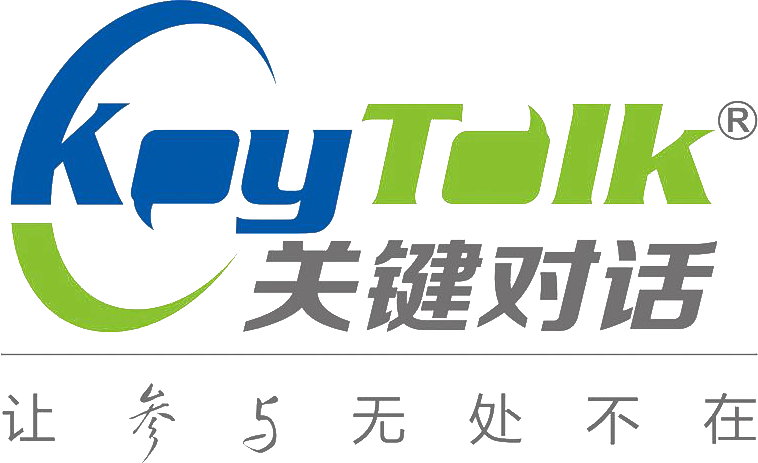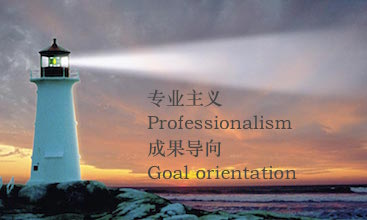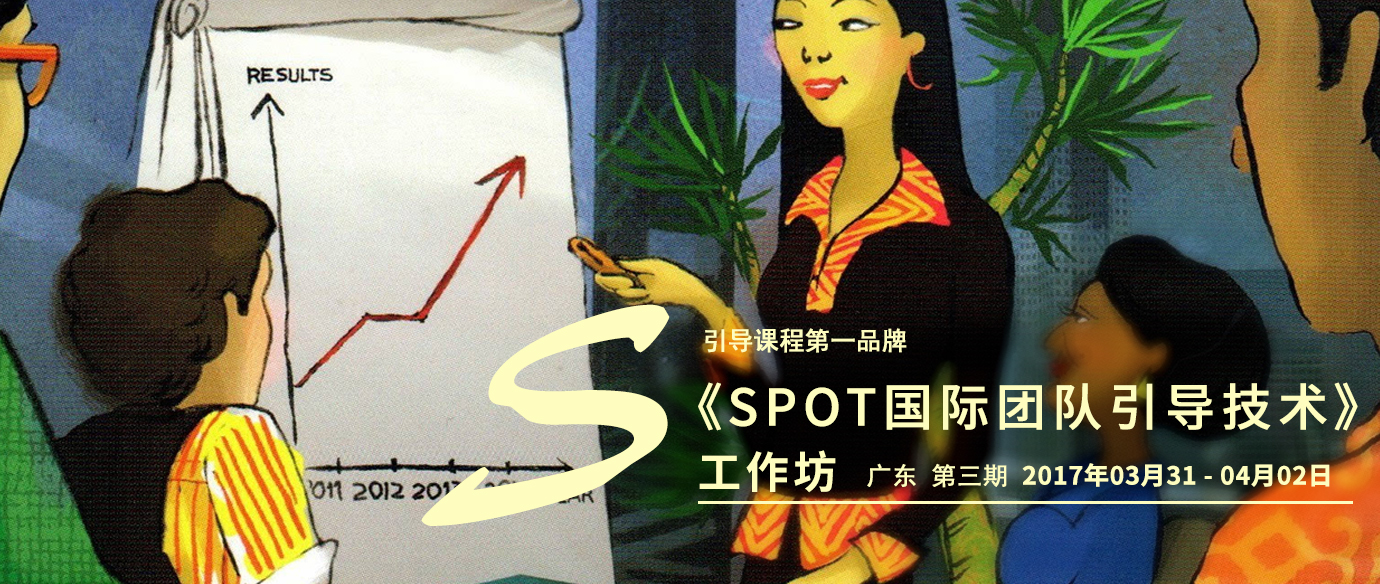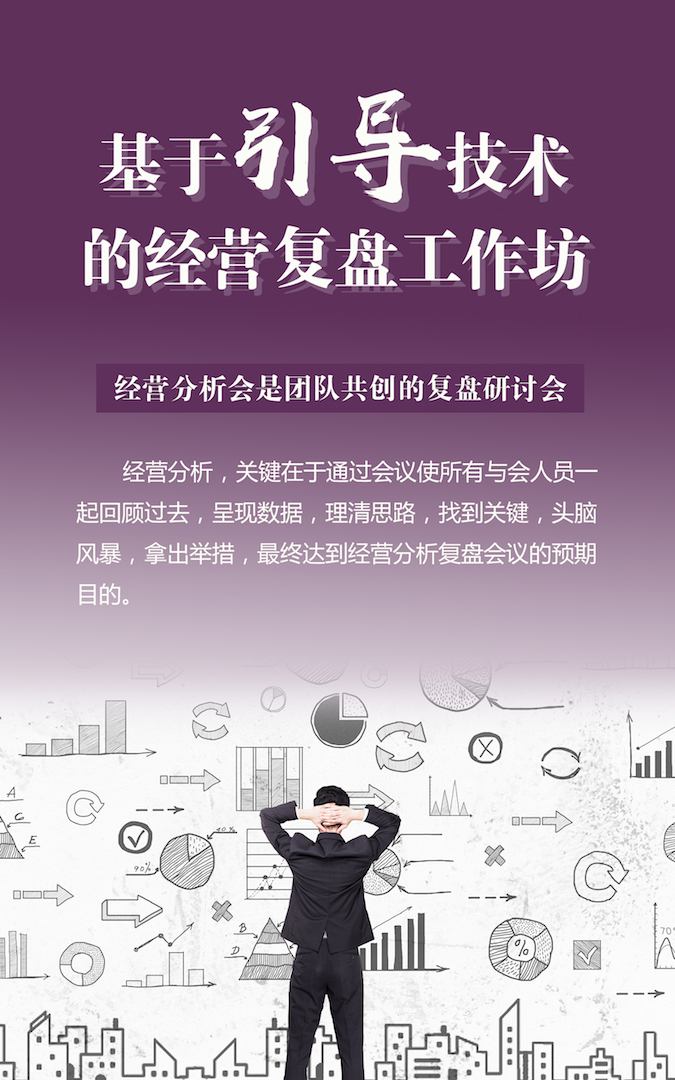国际引导学院关于引导师认证的六大核心能力

在引导者成长发展的道路上,最需要的就是持续不断地提升自己的核心能力。那么一个引导者的核心能力到底有哪些呢?
INIFAC国际引导学院从创立之日起,便将“保持和提升国际引导认证的专家级水准”作为自己的使命。2005年,INIFAC通过对450位引导者及引导服务用户(客户)的调查,获取了引导者能力模型的输入,最终建立了CMF认证能力模型和流程。在这个能力模型中,INIFAC定义了CMF(认证专家级引导师)所需具备的六大核心能力:
六大核心能力
A.Presence 状态
Master Facilitators bring compassion and authority to the room. Through their verbal and non-verbal expression, they exude confidence, energy and self-awareness while also conveying a high level of warmth and caring. They make adjustments in their style to better serve the group.
认证专家级引导师带着同理心与权威进入会场。他们通过语言和肢体的表达,散发出自信、活力和自我觉察,同时传递高度的热情与关切。他们调整自己的风格以更好地支持与会团体。
B. Assessment 评估
Master Facilitators know and ask the questions necessary to accurately assess a client need. Based on their learning from past experiences, they create processes designed to address the client’s specific requirements. They carefully plan and prepare sessions. They recognize when a planned process is not working effectively and are able to define alternative processes quickly to reach the desired outcome.
认证专家级引导师知晓也提出可以精确评估客户需求的问题。基于他们过去的学习历练,他们制定可以满足客户具体要求的流程。他们仔细地计划与准备会议。他们觉察到什么时候计划中的流程不奏效,并可以迅速找到替代流程以达到理想的成果。
C. Communication 沟通
Master facilitators are skilled communicators. They actively listen, making sure to playback and confirm important points. They have highly-tuned analytic skills which allow them to process information quickly, differentiate various content issues and isolate critical points in a discussion. They ask questions that help groups to engage effectively. They deliver instructions that are accurate, clear and concise. They effectively identify and verbally summarize agreements.
认证专家级引导师善于沟通。他们积极地聆听、确保回放与确认要点。他们高超的分析技能帮助他们快速处理信息,区分不同的话题内容并将讨论中的关键要点分离出来。他们通过发问帮助群体有效参与。他们发出精确、清晰及简洁的指令。他们有效地辨别并口头总结所达成的一致意见。
D. Control 把控
Master Facilitators create and maintain a productive and safe environment in which participants with diverse styles and culture can engage in interactions that stay focused on achieving the goal. They maintain control of the session and an appropriate pace. They understand causes of disagreement and can effectively guide a group through conflict. They consciously take action to prevent, detect and resolve dysfunctional behavior.
认证专家级引导师创建和维护一个高效且安全的环境,使得不同风格和文化背景的参与者可以更聚焦地互动并达成目标。他们理解异议产生的原因,并能够有效地引领团队处理冲突。他们有意识采取行动预防、察觉以及处理失调的行为。
E. Consistency 一致
Master Facilitators understand and consistently apply best practice techniques for such activities as starting the session, focusing the group, recording information, and closing the session.
认证专家级引导师理解并始终运用最佳实践的技术于各种活动,如:开始会议、帮助团队聚焦、记录信息以及结束会议。
F. Engagement 参与
Master Facilitators know and use multiple techniques for engaging a group, problem solving, decision-making, promoting creativity and raising energy.
认证专家级引导师了解并运用多种技术提高参与度、解决问题、做出决定、促进创新、以及提升能量。
在这六大核心能力之下,还各有4~6项子能力,合计共有30项子能力:
The Sub-competencies子能力
A. Presence 状态
A1.
Facilitator projects confidence in own skills and own ability to lead the group.
引导师展现对于自身才能和引领团体能力的自信。
A2.
Facilitator demonstrates warmth and caring.
引导师展现出热情和关切。
A3.
Facilitator understands the impact of energy on participants and facilitates in a style appropriate for the audience and the session topic.
引导师理解能量对于与会者的影响,会运用适合与会者和会议话题的风格。
A4.
Facilitator makes adjustments in own style and language to adjust to the group.
引导师调整自身的风格与语言以适应团体。
A5.
Facilitator demonstrates awareness of own strengths and weaknesses.
引导师展现出对于自身强项与弱项的觉察。
B. Assessment 评估
B1.
Facilitator asks the questions to assess a client need and gains agreement with the client on the relevant scope and products.
引导师通过提问评估客户的需求,并在会议范围和产出上与客户达成一致。
B2.
Facilitator plans and prepares for the session effectively and collaboratively.
引导师有效地与相关方协作计划和准备会议。
B3.
Facilitator develops customized processes to meet the specific requirements of clients.
引导师按照客户的具体要求定制引导流程。
B4.
Facilitator recognizes when a planned process is not working effectively and is able to diagnose the cause, and defines alternative processes to reach desired outcomes.
引导师会觉察到什么时候计划中的流程不奏效,并且能够判别原因,确定替代方案以达成理想成果。
B5.
Facilitator evaluates experiences, identifies learnings and applies learnings to new situations.
引导师评估自己的引导实践、找到学习点,并将其运用于新的情境。
C. Communication 沟通
C1.
Facilitator actively listens, making sure to playback and confirm important points.
引导师积极地聆听,确保回放及确认关键要点。
C2.
Facilitator demonstrates the ability to process information quickly, differentiate content issues, and isolate critical points in a discussion.
引导师展现出快速处理信息的能力,区分不同的话题内容并将讨论中的关键要点分离出来。
C3.
Facilitator asks appropriate focusing questions that help groups to engage effectively.
引导师提出合适的聚焦性问题帮助群体有效参与。
C4.
Facilitator asks appropriate follow-up questions that clarify, probe and redirect.
引导师提出合适的跟进性问题来澄清、探询及重新定向。
C5.
Facilitator delivers instructions that are accurate, clear and concise.
引导师发出精确、清晰及简洁的指令。
C6.
Facilitator effectively identifies and verbally summarizes agreements.
他们有效地辨别并口头总结所达成的一致意见。
D. Control 把控
D1.
Facilitator creates and maintains a productive environment in which participants engage in interactions that stay focused on achieving the goal.
引导师创建和维护一个高效且安全的环境,帮助与会者间的互动聚焦于目标的达成
D2.
Facilitator creates and maintains a safe environment for people to speak openly without fear of retribution.
引导师创建和维护一个安全的环境,与会者可以开放地发言,而不用担心遭到报复。
D3.
Facilitator creates and maintains an environment that takes into account and fosters respect for diverse cultures and styles.
引导师创建和维护一个考虑和尊重不同风格和文化背景的环境。
D4.
Facilitator maintains an appropriate pace and manages the group’s time during the session.
引导师保持合适的速度、管理会议的时间。
D5.
Facilitator demonstrates techniques for effectively guiding a group through conflict to consensus.
引导师展现有效引领团队处理冲突、达成共识的能力。
D6.
Facilitator takes action to prevent, detect and address dysfunctional behavior.
引导师采取行动预防、察觉以及处理失调的行为。
E. Consistency 一致
E1.
Facilitator understands and consistently applies best practice techniques for starting the session.
引导师理解并始终运用最佳实践的技术开始会议。
E2.
Facilitator understands and consistently applies best practice techniques for focusing and controlling the group.
引导师理解并始终运用最佳实践的技术帮助团队聚焦。
E3.
Facilitator understands and consistently applies best practice techniques for recording information.
引导师理解并始终运用最佳实践的技术记录信息。
E4.
Facilitator understands and consistently applies best practice techniques for closing the session.
引导师理解并始终运用最佳实践的技术结束会议。
F. Engagement 参与
F1.
Facilitator knows and uses multiple techniques and tools for keeping a group engaged in the work and interacting.
引导师了解并运用多种技术与工具帮助与会团体保持积极参与和互动。
F2.
Facilitator knows and uses multiple techniques and tools for problem solving and decision-making.
引导师了解并运用多种技术和工具解决问题与做出决定。
F3.
Facilitator knows and uses multiple techniques and tools for promoting creativity.
引导师了解并运用多种技术和工具促进创新。
F4.
Facilitator knows and uses multiple techniques and tools for impacting energy.
引导师了解并运用多种技术和工具影响能量水平。
INIFAC定义的六大核心能力,既是CMF认证考核标准,也是CCF认证考核标准,两者的差别是要求得分的高低不同(每项核心能力满分为5分,CCF要求每项得分为2.5分以上,而CMF要求每项得分为4分以上)。
即使引导者不申请认证,在平日的引导学习实践中,能经常对照这六大类核心能力三十项子能力来发展和提高自己的专业水平,也是非常有帮助的。
注1:关于INIFAC的CMF六大核心能力及三十项子能力的原文请访问:http://www.inifac.org/the-master-facilitator-competencies
注2:感谢CCF认证资深引导师王徽Deborah Wang CCF 的翻译支持。
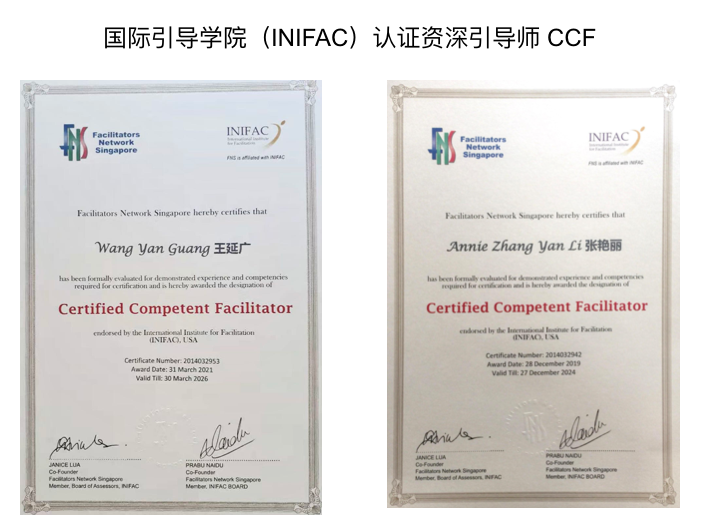
声明:本文由http://keytalk.com.cn(转载请保留)拥有版权或由内容合作伙伴授权提供
链接:http://keytalk.com.cn/Facilitation-info/447.html
上一篇:
下一篇:高级引导策略之兼容并进

